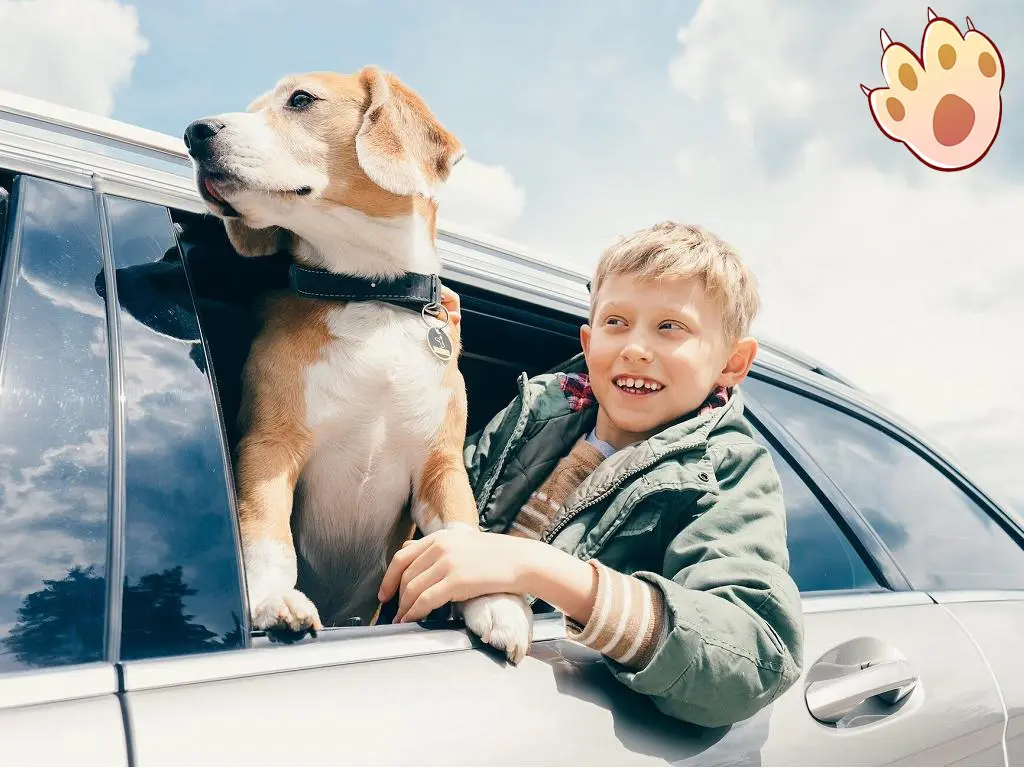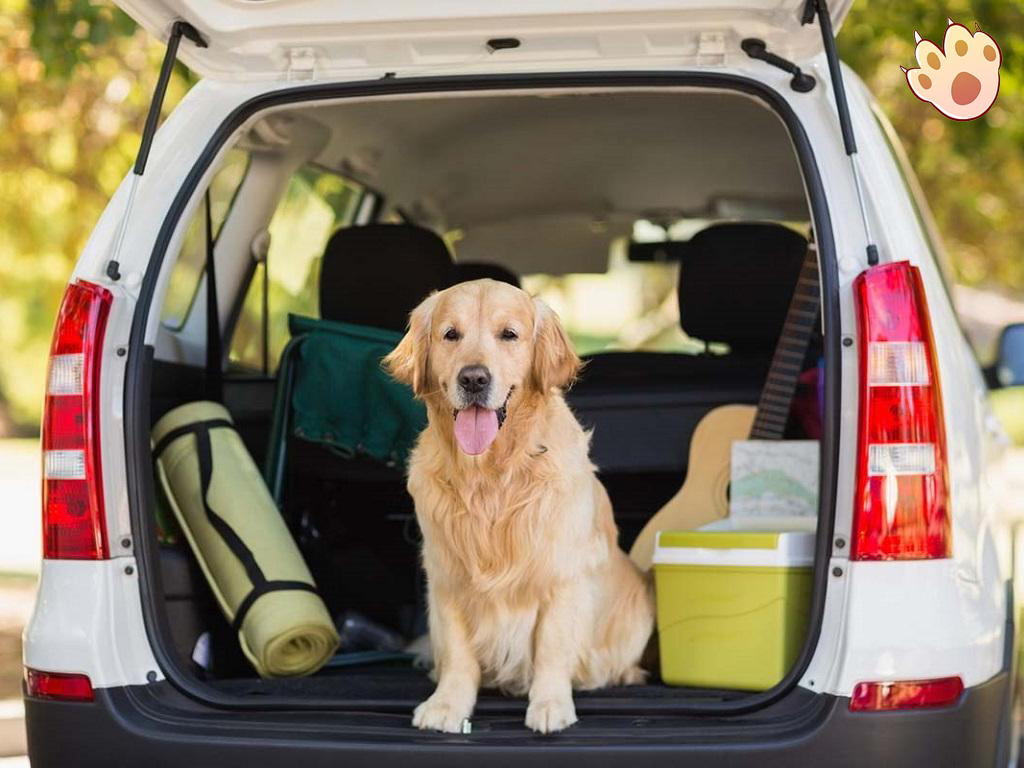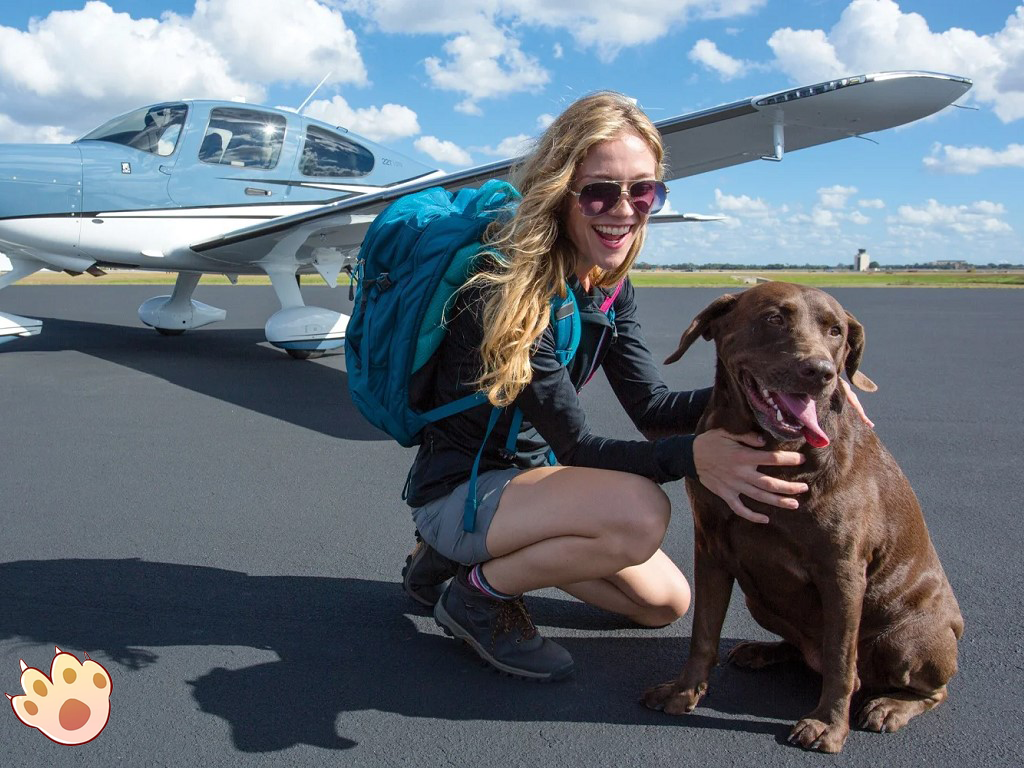
Nowadays, traveling with pets is no longer a challenge. From hotels and airlines to restaurants and travel agencies, dog-friendly travel is on the rise. Therefore, if you're ready to embark on a spontaneous trip with your beloved dogs, the following article will help you make preparation.
How To Prepare for Dog Travel
Talk to Your Veterinarian
Scheduling a veterinary check-up is essential to ensure your dog is up to date on all vaccinations. In addition, obtaining vaccination records or any necessary health certificates is important too.
Pack Your Pup's Medical and Vaccine Records
If your dog needs medical care while you're traveling, health certificates and records of your pet's rabies vaccination and other shots will come in handy. Besides that, entry requirements for another country may require you to have these documents.
Update ID Tags and Microchip
Being in your destination, it is important to ensure that your dog has an up-to-date ID tag with your current phone number included, along with a microchip. This will help prevent your dog from getting lost if they happen to stray from your side.
Carry Their Food, Treats, and Medications With You
For essentials like food and medicine, packing supplies in checked luggage is better than carrying them with you, just in case your suitcase goes missing. Having treats handy is helpful for a different reason: encouraging your dog to behave in new surroundings!
Pack Calming Products
If your dog is easily excitable, anxious, or reactive, it's very important to consult with your vet before purchasing any calming supplements or aids.
This video is owned by the original creator on YouTube and is embedded in compliance with YouTube's Terms of Service. Our website provides independent commentary and analysis.
Dog Travel Arrangements
1. Traveling With Dogs by Car
Starting by helping dogs get used to the car—let them sit in it with you while parked, then gradually take short drives. When your dogs are riding with you, using a dog seatbelt, car seat, or safety harness, and keeping the vehicle well-ventilated are crucial. When your dogs are traveling in a crate, making sure fresh air can circulate inside is very important. During driving, in order to prevent your carsickness for your dog, letting your dog travel on an empty stomach. But, make sure they have plenty of water at all times. In order to make your dogs happy and healthy during your journey, stop frequently for exercise and potty breaks and be sure to clean up after your dog. Besides that, to prevent serious risk of injury or death, never let your dog ride in the back of an open truck. Most importantly, never leave your dog alone in a closed vehicle, especially during hot weather.

2. Traveling With Dogs by Plane
It's essential to consult your airline company about carrier size and requirements, when you choose to travel by plane, as these may vary depending on your dog's height and weight. For instance:
United Airlines: Allows soft-sided carriers up to 18" L x 11" W x 11" H
American Airlines: Soft-sided carriers of the same dimensions are permitted, though different rules apply to hard-sided kennels.
JetBlue: Permits carriers up to 17" L x 12.5" W x 8.5" H, with a combined pet and carrier weight not exceeding 20 pounds
Additional tips for air travel with dogs:

3. Traveling With Dogs by Train, Bus, and Boat
Amtrak trains: Dogs are only allowed if they weigh less than 20 pounds.
Greyhound buses: With the exception of service dogs, all other dogs are not permitted.
Cruise ships: Before making plans, be sure to review the policies of each cruise line individually.
Tips for Overnight Stays with Your Dog
1. Establishing a Designated Feeding Area
Setting up a separate space for your dog's food and water, away from the dining area, can help establish a routine and prevent begging behaviors during mealtimes. By feeding your dog in a different room or designated spot, you reduce the temptation for them to seek food from guests or family members at the table. This approach not only fosters better manners but also creates a clear distinction between your dog's eating area and human dining spaces.
2. Creating a Safe Environment
To ensure your puppy's safety, it's essential to remove potential hazards from your home or hotel room. This includes securing electrical cords, keeping food and drinks out of reach, and using trash cans with locking lids to prevent access to harmful items. By proactively addressing these dangers, you create a safer environment for your furry friend.
3. Protecting Property
When bringing pets into a hotel or someone else's home, it's crucial to ensure that any valuables—whether yours or the homeowner's—are placed out of reach. This precaution helps prevent accidents that could lead to property damage. Respecting the property of hotels or homeowners is of utmost importance when traveling with pets.
4. Practicing Responsible Pet Etiquette
When staying in pet-friendly accommodations, it's essential to respect other guests and the property. Always clean up after your dog, both indoors and outdoors, to maintain hygiene and prevent unpleasant experiences for others. Keep your dog leashed in common areas to ensure their safety and the comfort of fellow guests. Additionally, minimize noise by addressing any barking or disruptive behavior promptly. By adhering to these practices, you help ensure a pleasant stay for everyone and uphold the establishment's pet-friendly policies.
Thorough preparation is essential to ensure a perfect holiday, regardless of how you choose to travel with your dog. By following these guidelines, you'll create a safe and enjoyable travel experience for both you and your canine companion.
2018-2025 © PupsLover.All Rights Reserved.